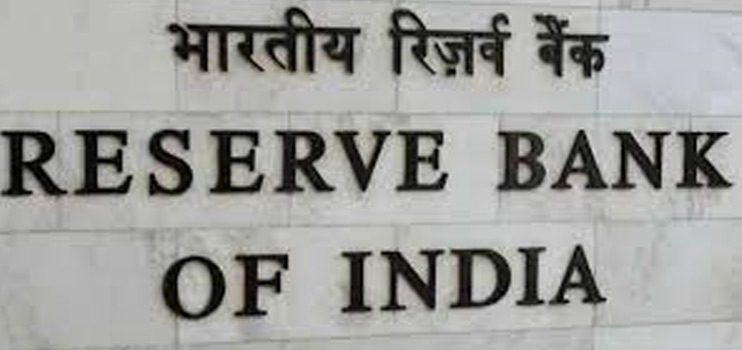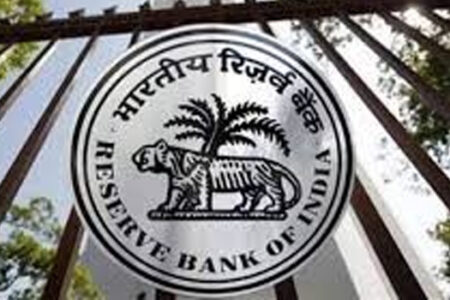In many ways, the Reserve Bank of India’s (RBI’s) new guidelines on asset reconstruction companies (ARCs), which have been in the business of buying bad loans and making money by recovering them, are game-changing. There are 29 of them — large, medium and small.
The regulator’s prime focus is on governance and transparency. At least half of the directors attending the meetings of an ARC board must be independent directors. More importantly, the chairman of an ARC needs to be an independent director and not a nominee director, as has been the case with most owner-driven ARCs.
This changes the profile of the board and succinctly sums up the RBI’s view on how some of the ARCs have been run. No wonder that they need to set up audit, nomination and remuneration committees of the board and there’s a prescription on how they should be run.
When it comes to the tenure of the CEO, the norm for the ARCs is in sync with that of private banks. It is capped at five years for one term and, overall, no one can occupy the corner room for more than 15 years at a stretch. Yet another term is allowed to a fit and proper candidate beyond 15 years, after a three-year cooling off-period. The retirement age is 70.
This doesn’t make much difference to how the ARCs are run. The most important change is probably disempowering the board to clear any one-time settlement. Till now, the boards of ARCs used to frame a policy for such settlements. The boards could also delegate the powers to take a call on such settlements to a committee of directors — comprising any of the directors and/or executives of an ARC.
Now, such settlements with the stressed borrowers will be done only after the proposal is examined by an Independent Advisory Committee (IAC) of professionals with technical/finance/legal background. The IAC will assess the financial status of the borrower — including the timeframe for the recovery of dues, projected earnings and cash flows — before recommending such settlements.
At the next stage, the board of directors, including at least two independent directors, will look into any recommendation and decide whether it’s the best option. Both the decision and the rationale behind such a settlement must be recorded in the minutes of board meetings.
The settlement amount should ideally be paid lump-sum. If the borrower is unable to pay, the IAC will decide on the minimum upfront lump-sum payment and maximum repayment period.
Of course, for the entire process, the ARCs should have a policy approved by the board.
While a glide path is being given for implementing all other norms, the IAC must be formed right now. Why? Those who keep close tabs on the ARC industry say there have been a few instances of bad debt settlements where the troika of borrower-lender (in this case, seller of bad assets)-ARC gamed the system.
How? First, a lender sells a bad asset to an ARC at a discount and then the borrower, who has defaulted, steps in to settle it — again at a discount. There have been instances where an ARC actually sells it to the borrower at a price lower than what it had paid to buy the asset! It doesn’t mind booking losses as such deals ensure cash flow.
Yet another new norm that will change the way the ARC business is done is that any management fee charged or incentives given towards the asset reconstruction or securitisation activity should come only from the recovery of underlying financial assets.
This will deal a blow to the business model of some of the ARCs, which were enjoying management fees from the security receipt (SR) holders. Some of the non-banking financial companies (NBFCs) and small private banks were offering this.
How did it work? Let’s presume NBFC A has a bad loan of Rs 100. Adding interest dues to the principal, the pile rises to Rs 120. An ARC steps in to buy the Rs 120 worth of bad assets at a discount. It keeps 15 per cent of this on its books and the rest 85 per cent goes back to the same NBFC in the form of SR.
For this transaction, the NBFC pays the ARC a management fee of 2-3 per cent. This arrangement, not linked to the recovery of the asset, goes on for years.
Why does NBFC A do this? It pares the pile of bad assets by shifting it from the loan book to the investment book (in the form of SRs). This is a tool to manage the balance sheet.
The ARCs will also have no choice but to disclose more. What are the new disclosure norms?
# A summary of financial information for the last five years or since commencement of business of an ARC, whichever is shorter.
# The track record of returns generated for all SR investors on the schemes floated in the last eight years.
# And the track record of recovery, rating migration and engagement with rating agencies of schemes floated in the last eight years.
All these will bring in transparency and attract investors.
While the minimum capital requirement is being raised from Rs 100 crore to Rs 300 crore, those who want to resolve bad assets, playing the role of so-called resolution applicant, would need Rs 1,000 crore in capital.
Besides having a board-approved policy for such transactions, the ARCs need to form a committee, consisting of a majority of independent directors, to decide on proposals for such resolution plans. They can also form a panel of management firms, which have expertise in relevant sectors and professionals in running such sick companies.
The ARCs also won’t have any significant influence or control over such companies after five years of the approval of the resolution plan.
There is one more significant change. Till now, for an acquisition of bad asset through a structured deal with the seller, the minimum investment of the ARC has been 15 per cent; the qualified investors can step in with a maximum 85 per cent exposure. The new norms have pared ARC’s minimum investment requirement 2.5 per cent. This will help ARCs in acquiring more distressed assets. Also, as the co-investors will have substantial skin in the game, the quality of acquisitions will not be diluted.
The board-related norms need to be in place within six months of the date of the directive (October 11). The rest — barring the rise in capital — takes effect immediately.
Even though there are 29 ARCs, just four of them have probably 80 per cent of the less-than-a-trillion rupees worth of assets under management. While the rise in capital will see the quiet exit of many and ensure that only serious players with adequate liquidity and patient capital remain in business, the ten-fold increase in capital requirement to Rs 1,000 crore for acting as resolution agency may dampen the ARCs’ enthusiasm for such deals.
However, why would an ARC get into this field? Unless it sees it as a strategic investment and there is a ready buyer for it, does it make any sense?
An asset bought by an ARC needs to be recovered within eight years but ARCs can continue forever. There is no sunset clause for them — something that has been the norm in many markets.



